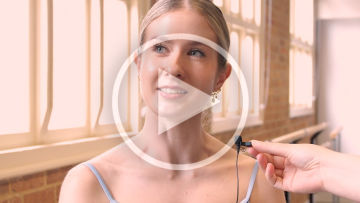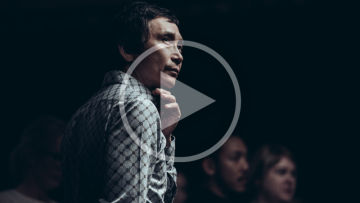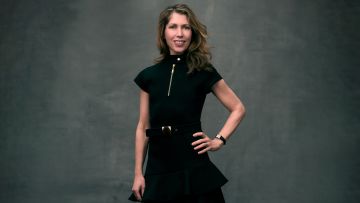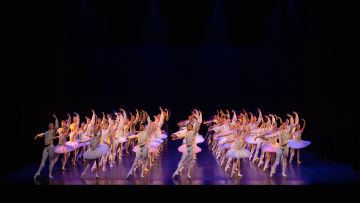Behind the curtain: The making of La Bayadere’s costumes
By Ellen Gilroy
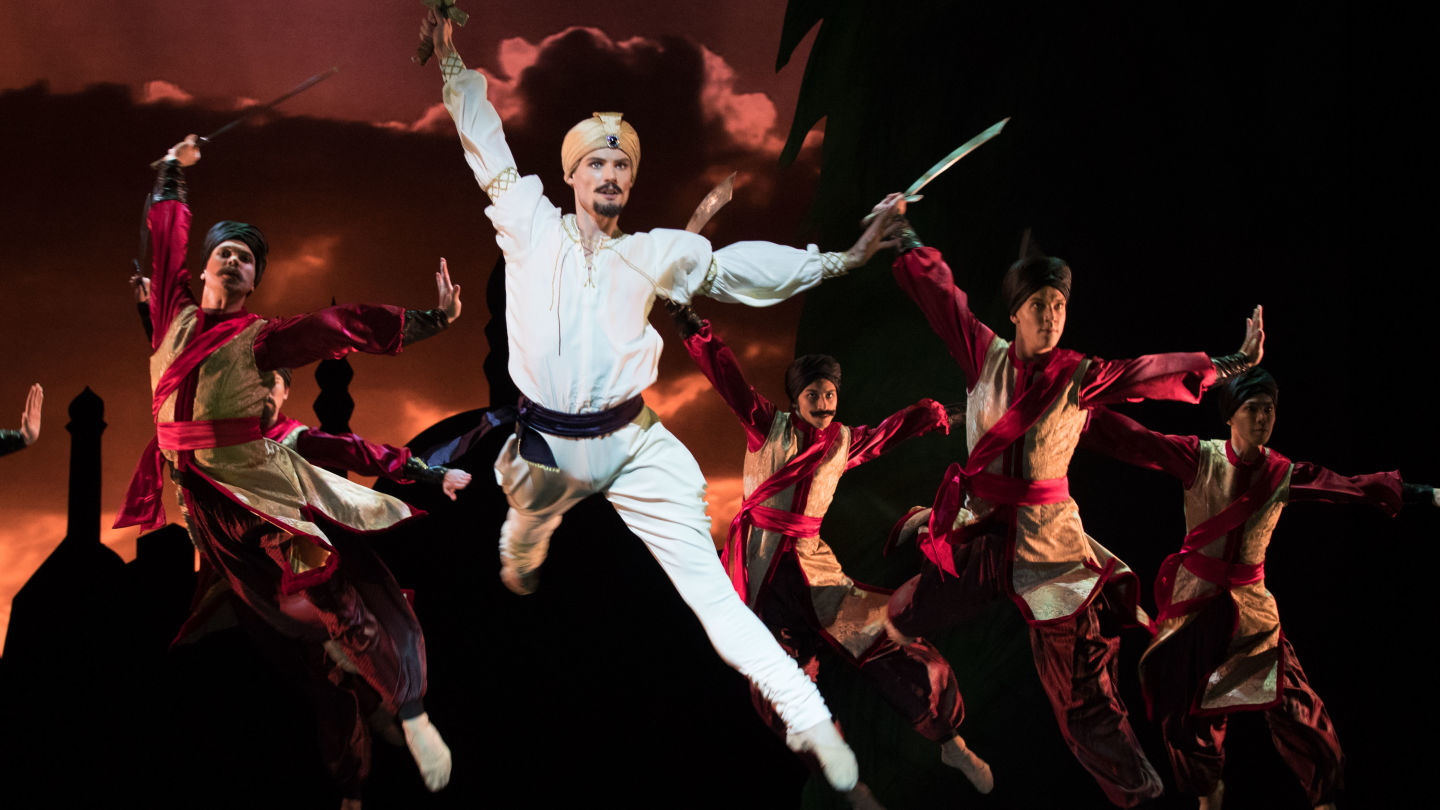
There is a special team of people at Queensland Ballet who arrive early in the mornings and depart later in the evenings. Tucked away in their hidden workshop out of sight from the rest of the business, the faint whir of the sewing machines and the sound of infectious laughter reminds us of the presence of Queensland Ballet’s wardrobe department who help create QB magic every day.
Before the curtain rises on opening night, the preparation for a production starts months in advance, with each element having to be well researched, designed and tested, from the choreography, set design, lighting, music and costuming. As a ballerina moves on stage, she moves in a world created for her; from the music that establishes emotion, the sets that cement time and place, and the costumes that transform her into the character. The costumes a dancer wears create lines, shapes, shadows and fluidity as she moves seamlessly across the stage. For the wardrobe team at Queensland Ballet when asked about a stand-out production, there was an immediate consensus on Greg Horsman’s 2018 production of La Bayadere, a production that took approximately 6,700 hours to create the costumes and a total of 35 wardrobe staff.
Set in 19th century colonial India, the costumes for La Bayadere were rich in colour and texture and adorned with golden embellishments. A total of 1,200 costume pieces were created from colonial uniforms to soft, delicate skirts, turbans and tutus.
Like most major productions, the costumes for La Bayadere commenced 18-months before opening night with a single sketch from designer Gary Harris. A total of 96 sketches were designed by Harris, with principal roles such as Prince Solor, Edith and Nikiya each requiring approximately five different costumes for one show. The array of sketches were presented to the company and wardrobe team, and detailed discussions of each design continued with key members of the team to determine what fabrics and trims were to be used and how the costumes would be constructed. Every detail from how many meters of fabric were calculated, to the specific type of Indian men’s khussa shoes needed. In May 2017, Queensland Ballet’s head of wardrobe Noelene Hill travelled to Shanghai with Gary to source and purchase the majority of fabrics and trims required, whilst the team of cutters in Brisbane began developing patterns and creating toiles of each design so that any issues could be worked out prior to cutting the real fabric. The fabrics from Shanghai had to be washed and pressed in preparation for cutting and in November 2017, the real costumes progressed into full-time production with full steam ahead in January 2018.
Fittings commenced early on in order to ensure the costumes fit appropriately and adjustments could be made prior to finishing the costumes.
“With dance, it is really imperative that the costume fits well. If they are restrictive or they are not cut the right way, then the dancer cannot move properly,” said Noelene.
All the while, wigs were masterfully created by Queensland Ballet’s wig master Michael Green, turbans intricately made by milliner Vicki Martin and shoes delicately prepared by Amanda Newman. Queensland Ballet’s highly skilled team of cutters and costumiers worked busily as opening night drew closer by each day. The week before the Company went into theatre, there were costume rehearsals at Queensland Ballet to ensure costumes were working for the dancers and choreographers. Every detail, from how the bodice rose on the dancer as she lifted her arms were consolidated. The wardrobe department then bumped-in to QPAC, ready for the performances. The team assists in the dancer’s getting dressed and for all those quick costume changes during each performance. At the conclusion of the season, the costumes are returned to the workroom, cleaned and put into the costume store, ready for their next return to the stage.
For each member of the wardrobe team at QB, there is a reason why La Bayadere is so memorable. For some it was the race against the clock to create 1,200 pieces for the 125 different characters on stage. Others, it was the meticulous work required to create the intricate and fine details of the costumes. But for all, there is a shared sense of reward and satisfaction for bringing those 96 different sketches to life and creating a suite of beautiful costumes that transcended the audience to 1855 colonial India and into a forbidden love story between a Bayadere (temple dancer) and Prince Solor.
Queensland Ballet closed its doors last month and postponed upcoming performances due to Covid-19 restrictions. As a result, all staff have been asked to work remotely. Away from the wardrobe workroom, Queensland Ballet’s permanent wardrobe staff have been working from home on costumes and keeping busy for when the Company hits the ground running again.
To leave a message of support for the Queensland Ballet Company, or to donate to help keep the Company going through this unprecedented time, please go to Keep the Magic Alive.
Photographer: David Kelly
